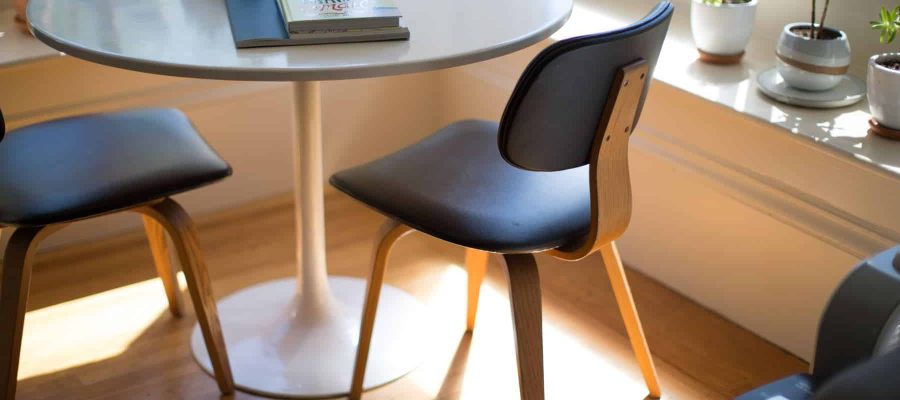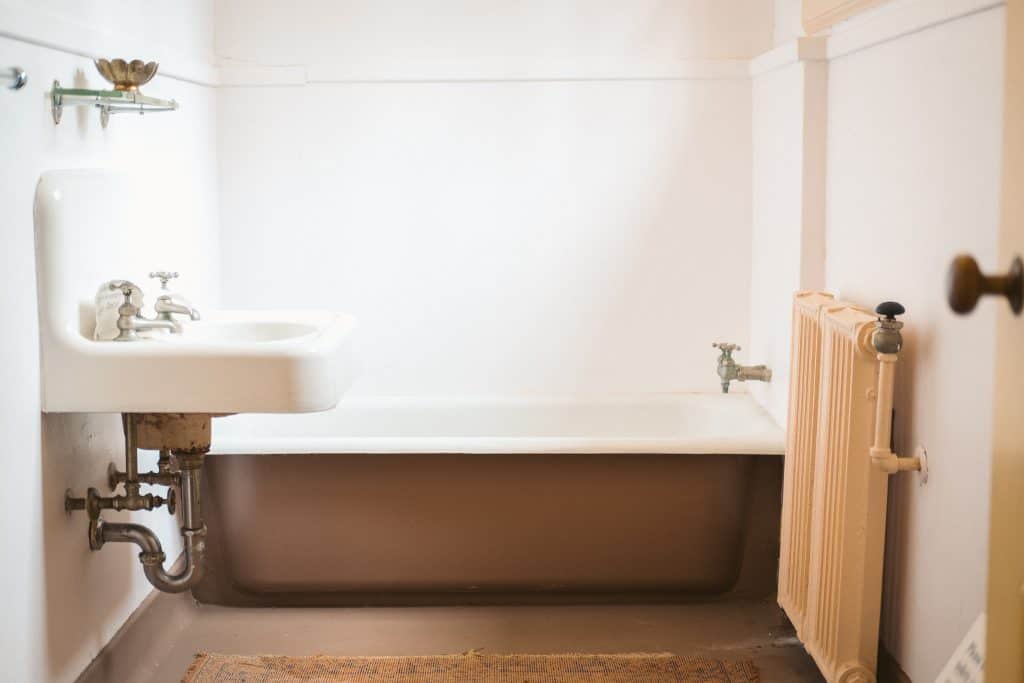Do you know what happens in your rooms? Some spaces have formal titles like kitchen, bathroom, and laundry. It’s self-explanatory to know what happens in these single focused rooms, and thus, it’s easy to determine the primary activities that take place there. It makes sense to keep the stuff you use in those rooms near them, too. For example, extra rolls of toilet paper belong in the bathroom not the garage. If you do not have storage space, get rid of some hair product.
But what happens when the room is not clearly defined? Do only great things happen in a great room? What about the guest room without guests? Can that space be used for other activities 98 percent of the time?
Lately I have been hearing a lot about multi-purpose rooms, and have witnessed what that means. It sounds good, really. Sure, more than one activity can happen in a room if there is enough space. But like multi-tasking, “multi-purpose” rooms can actually hinder more than help. Are the activities in a multi-purpose room ones that you want to participate in?
Need to squeeze more than one focus into a room? Think zones, with as little commingling of items as possible - a guest/craft/music/office/gym might be pushing it. On the other hand, scaling back the amount of stuff required for each activity might solve your space problem.
Think about what you are trying to make the room do. By defining the purpose of each room in your home you set up the framework for how to maintain that room. The right pieces of furniture for activities suggest placement and traffic flow, and impact how the room feels. Then assign homes for the supplies that support the purpose. Anything left over is clutter that has to go. The room is now inviting and you get things done in it.
This article originally appeared in Sage, January 2009.



